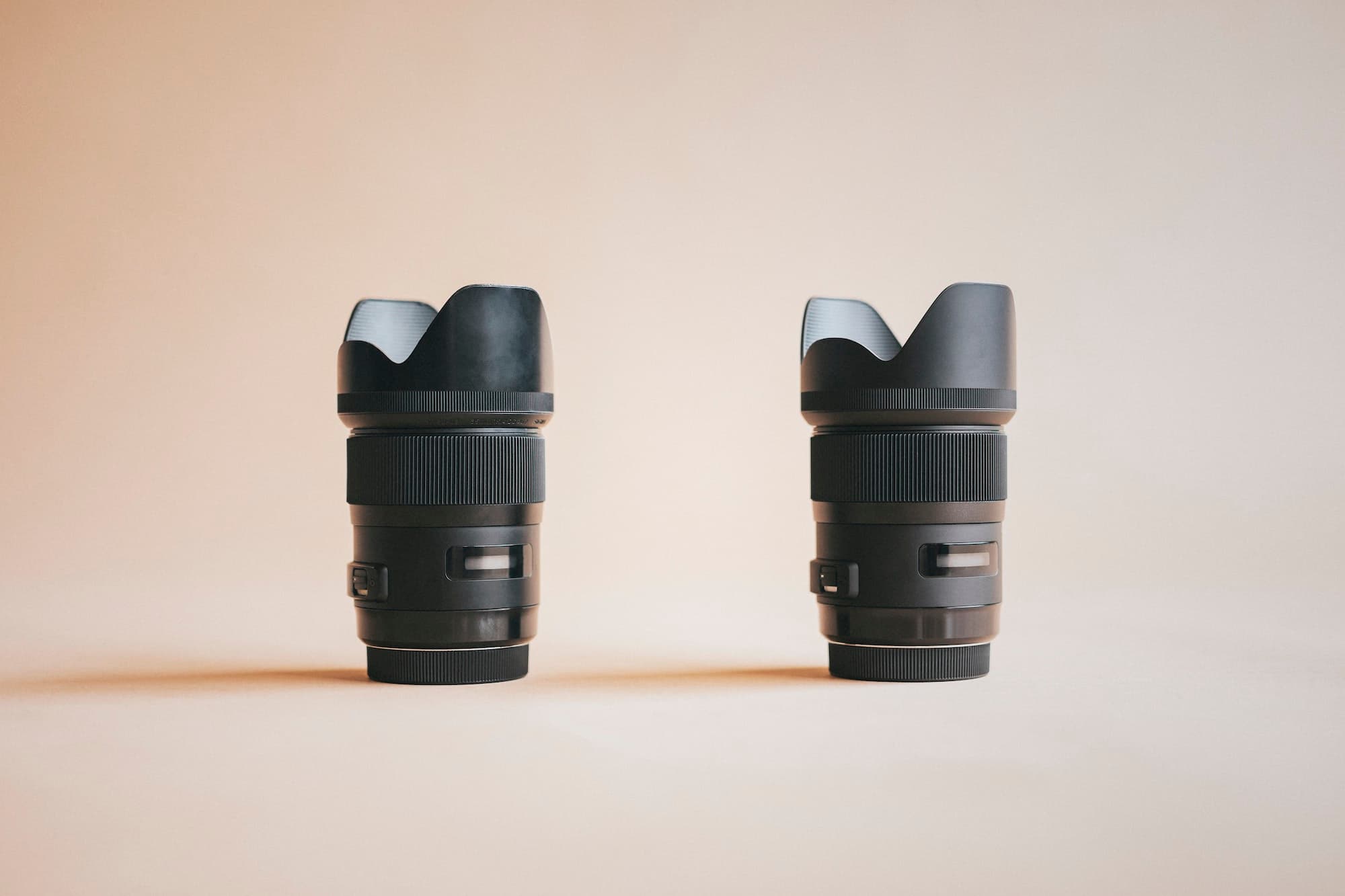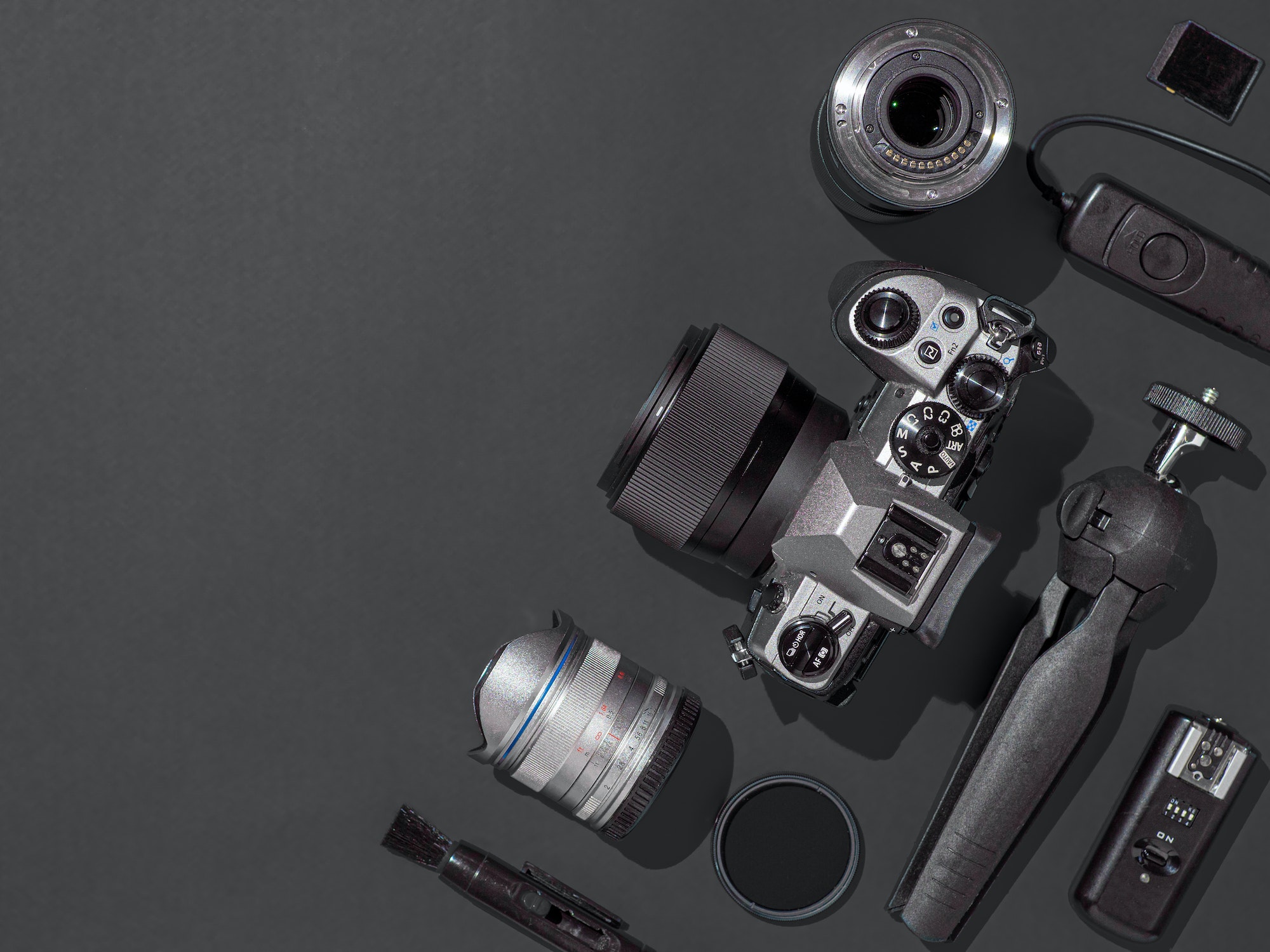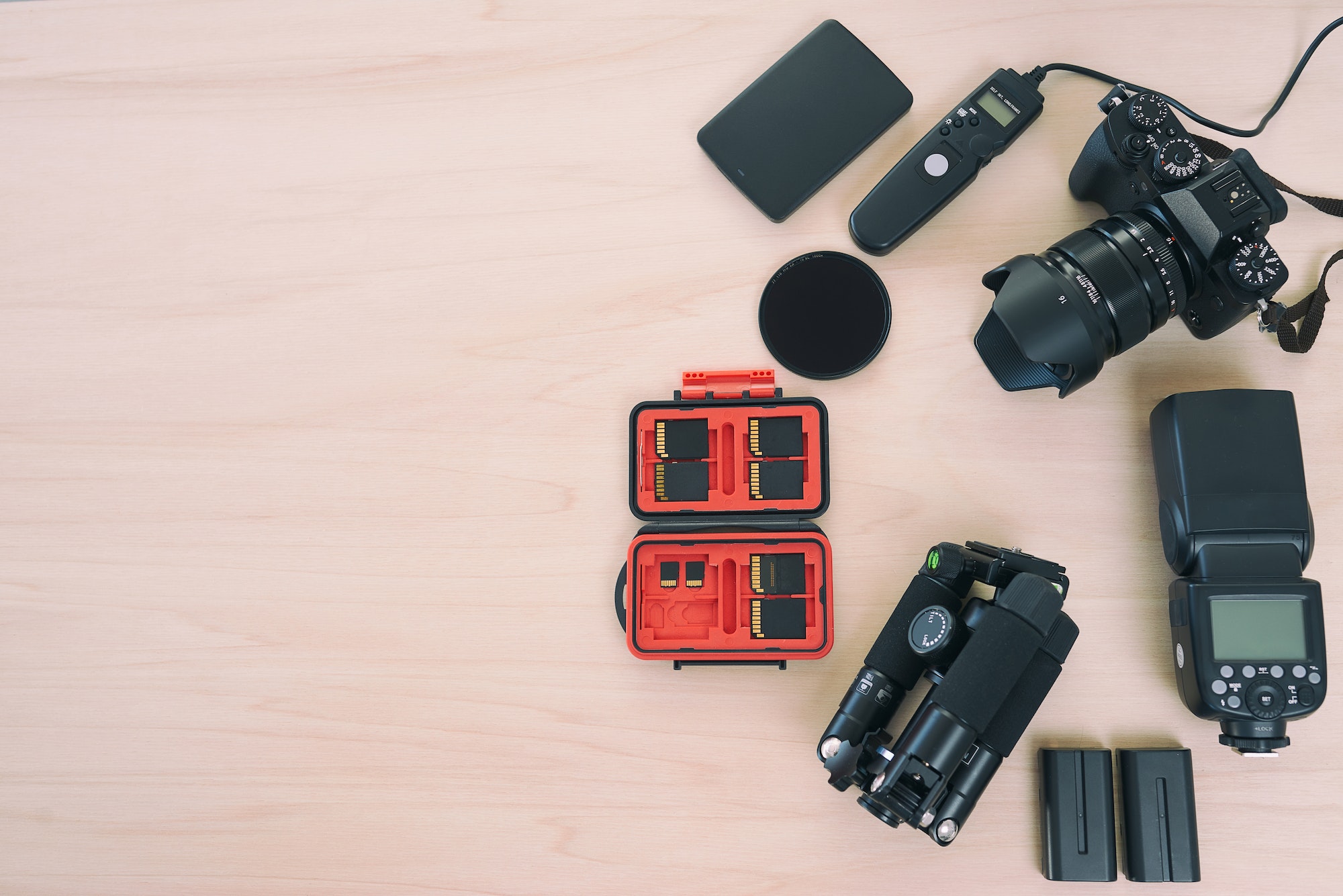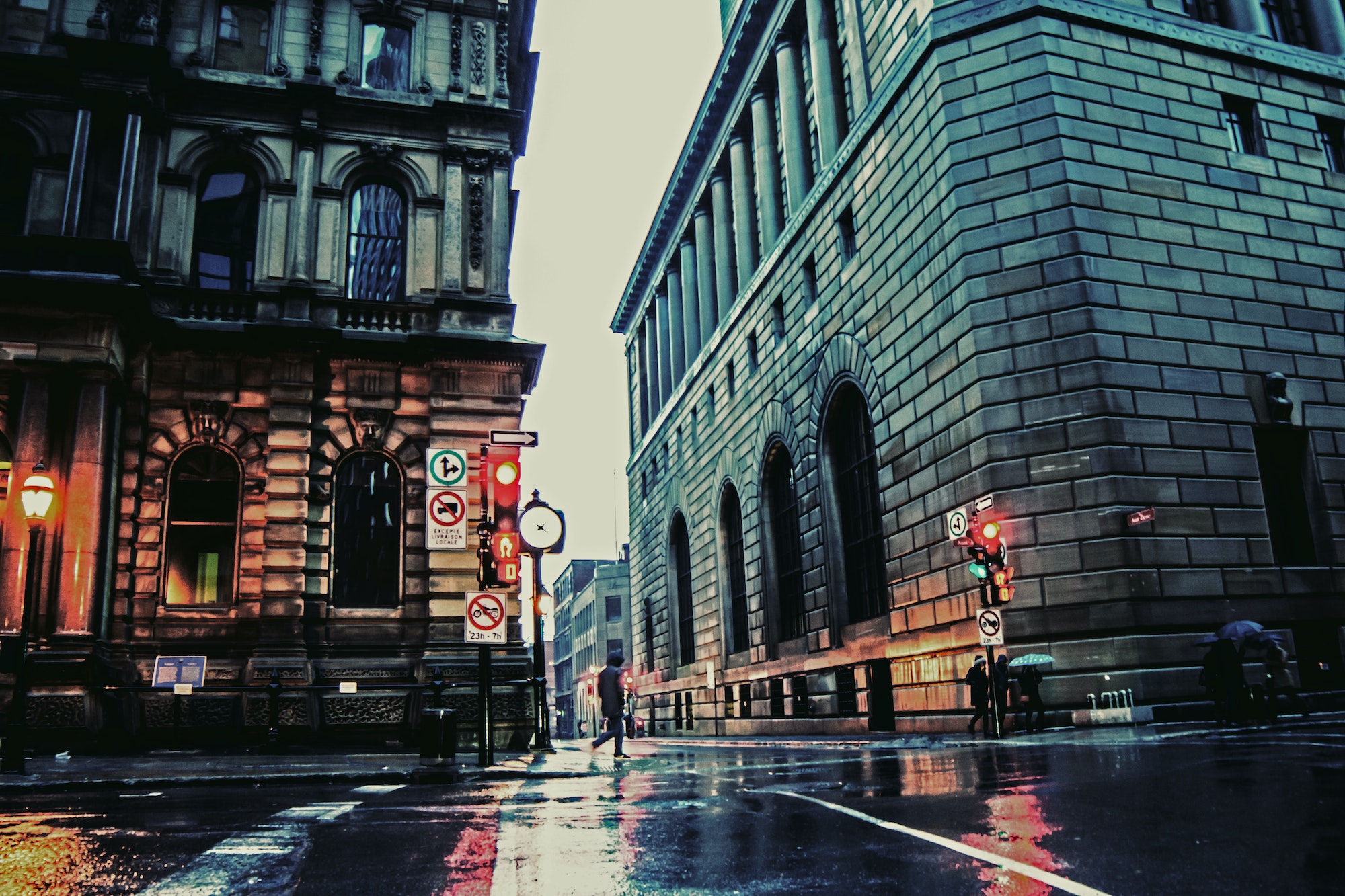
Choosing the Perfect Lens: A Street Photographer's Guide to Focal Lengths
As a street photographer, choosing the right lens can significantly impact the way you capture the world around you. With so many focal lengths available, it can be challenging to determine which one best suits your style and vision. In this blog post, I'll share my experiences and insights into various focal lengths, helping you make an informed decision about the perfect lens for your street photography endeavors.
Understanding Focal Lengths
Focal Length Basics
Focal length, measured in millimeters (mm), refers to the distance between the lens and the camera sensor when focused on infinity. It determines the angle of view and the magnification of the image. In simple terms, a shorter focal length provides a wider angle of view and lower magnification, while a longer focal length offers a narrower angle of view and higher magnification.
Crop Factor
When discussing focal lengths, it's essential to consider the camera's sensor size, as it affects the effective focal length. Most DSLRs and mirrorless cameras have either a full-frame sensor or a smaller APS-C sensor. The smaller sensor creates a "crop factor," which means the effective focal length is multiplied by a certain factor (usually 1.5x or 1.6x). For example, a 35mm lens on an APS-C camera would have an effective focal length of around 52.5mm (35mm x 1.5).
Popular Focal Lengths for Street Photography
Wide-Angle Lenses (24mm - 35mm)
Wide-angle lenses offer a broad field of view, making them ideal for capturing expansive scenes or working in tight spaces. They can create a sense of depth and perspective in your images, drawing the viewer into the scene.
My Experience with Wide-Angle Lenses
I've found wide-angle lenses to be incredibly versatile for street photography. They allow me to capture dynamic shots with a strong sense of environment and context. However, they can also introduce distortion, especially when shooting close to subjects. It's essential to be mindful of this effect and use it creatively or correct it in post-processing.
Standard Lenses (35mm - 50mm)
Standard lenses, also known as "normal" lenses, provide a field of view that closely resembles human vision. This makes them a popular choice for street photography, as they can produce images with a natural, relatable perspective.
My Experience with Standard Lenses
The 35mm and 50mm focal lengths are among my favorites for street photography. They offer a balance between the wide perspective of wide-angle lenses and the compression of telephoto lenses, resulting in images that feel true to life. I find these focal lengths to be incredibly versatile, suitable for capturing candid moments, environmental portraits, and urban landscapes.
Telephoto Lenses (85mm and beyond)
Telephoto lenses offer a narrow field of view and high magnification, allowing you to capture subjects from a distance. While they're not as commonly used in street photography, they can provide unique perspectives and isolate subjects from their surroundings.
My Experience with Telephoto Lenses
While I don't use telephoto lenses as frequently as wide-angle or standard lenses, they can provide interesting opportunities in street photography. I've found them particularly useful when I want to focus on a specific subject or detail within a scene, or when I want to maintain a discreet distance from my subjects. However, they can be more challenging to use due to their size, weight, and potential for camera shake.
Factors to Consider When Choosing a Focal Length
Personal Style and Vision
Your choice of focal length should be heavily influenced by your personal style and vision as a street photographer. Some photographers prefer the immersive quality of wide-angle lenses, while others enjoy the intimacy and focus offered by standard or telephoto lenses. Take the time to experiment with various focal lengths and discover which ones resonate with your artistic sensibilities.
Shooting Environment
The environment in which you shoot can also impact your choice of focal length. If you frequently photograph in narrow streets or crowded spaces, a wide-angle lens may be more suitable, allowing you to capture more of the scene in a single frame. On the other hand, if you shoot in open areas or want to focus on distant subjects, a telephoto lens might be a better choice.
Versatility vs. Specialization
When selecting a focal length, consider whether you want a versatile lens that can handle a variety of situations or a specialized lens tailored to specific types of shots. A standard lens like a 35mm or 50mm can be a great all-rounder, while a wide-angle or telephoto lens might be more suited for particular scenarios.
Prime vs. Zoom Lenses
Another factor to consider is whether you prefer prime lenses (fixed focal length) or zoom lenses (variable focal length). Prime lenses are generally smaller, lighter, and have better image quality, but they lack the flexibility of zoom lenses. On the other hand, zoom lenses offer a range of focal lengths in a single package, making them more versatile but often larger, heavier, and with slightly lower image quality.
My Personal Recommendations and Insights
Over the years, I've experimented with a variety of focal lengths in my street photography. Here are some insights and recommendations based on my experiences:
- For those just starting out or looking for a versatile option, I highly recommend a 35mm or 50mm prime lens. These focal lengths are suitable for a wide range of situations and can help you develop a keen sense of composition and framing.
- If you're interested in capturing more immersive, environmental shots, consider adding a wide-angle lens like a 24mm or 28mm to your kit. They can add a dynamic and unique perspective to your street photography.
- For photographers who want to maintain a discreet distance from their subjects or focus on specific details within a scene, a telephoto lens such as an 85mm or 135mm can be a valuable addition to your arsenal.
- Don't be afraid to experiment with different focal lengths and lenses. It can take time to discover which ones resonate with your personal style and vision, and there's no better way to learn than by trying out various options.
Conclusion
Choosing the perfect lens for your street photography is a deeply personal decision influenced by factors such as your style, vision, shooting environment, and preferences for versatility or specialization. By understanding the unique characteristics of various focal lengths and experimenting with different lenses, you can find the perfect combination to capture the captivating world of street photography in a way that aligns with your unique artistic vision.


